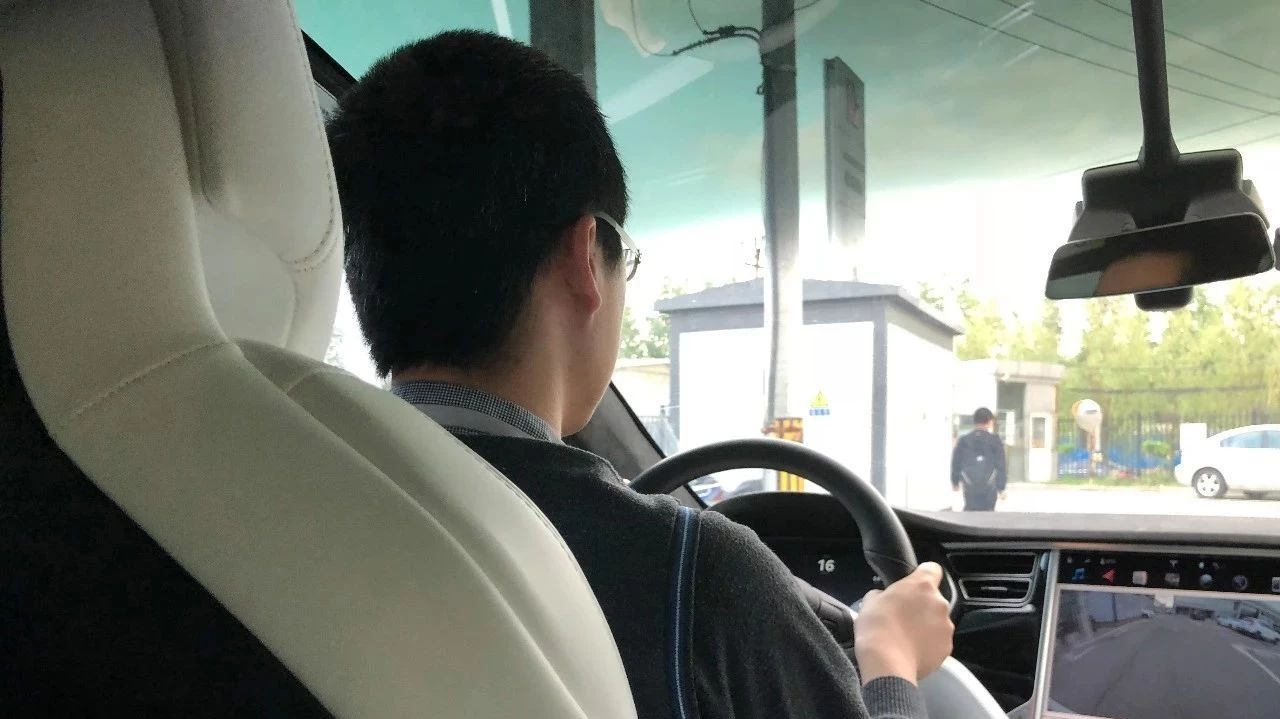Weibo as My Diary: a Look Back at the Development of Supercharging Stations in One Year with Model X
For me, Weibo is like a diary where I’ve recorded a lot of things that I can conveniently look back on. A year has passed since I started driving my Model X, experiencing all four seasons and gaining a deeper understanding of Tesla’s optimization and progress during this year. Therefore, it’s a good time to review and summarize.

Charging: A Review of Supercharging Station Development in One Year
The biggest problem with electric vehicles is the inconvenient energy replenishment, so Tesla created the most rapid, widely distributed, and highly-available self-operated charging network in the industry. However, this is still not perfect, and Tesla is constantly optimizing the charging experience for car owners.
Unlike most Tesla owners, I don’t have a garage and have only rented a roadside parking space outside my community, so I can’t install a charging station and can only rely on public charging stations. However, due to the fact that Tesla’s interface is the European standard format, it was previously incompatible with China’s DC fast-charging stations. This meant that I could only use Tesla’s Supercharging stations, and therefore, I was deeply impressed by the improvements that have been made in Supercharging over the past year.
When I first got my car, I had to either wait in long queues at charging stations or wake up early to charge, which was very painful.

At the beginning, the charging situation was like this: the nearest Supercharging station to my company had only four spots available. I had to queue up from 8 o’clock every morning, and it wasn’t realistic to charge during lunchtime. So, I could only wake up early, charge for an hour, and then go to work.

The in-car map can show the occupancy status of Supercharging stations, avoiding full sites and saving time.
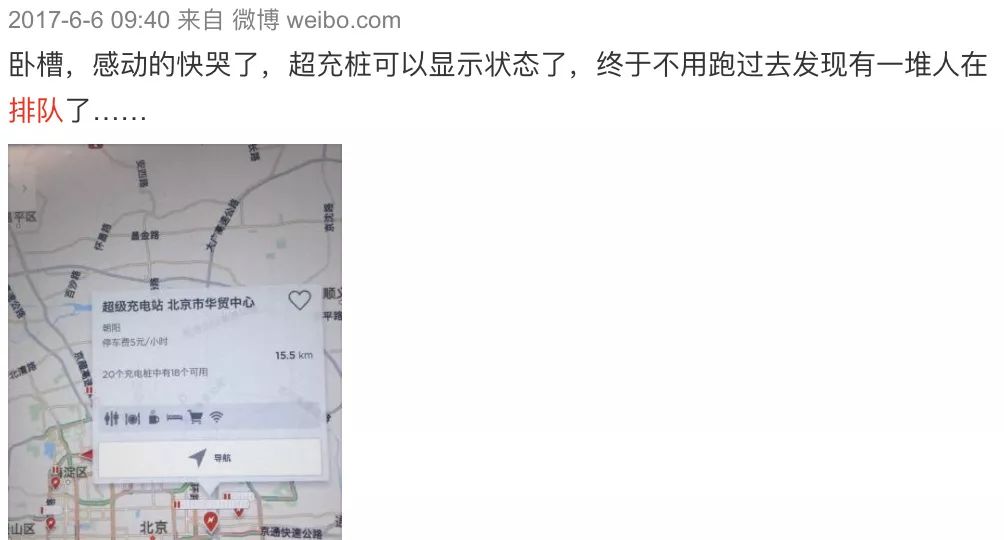
This feature is now also supported by many Chinese standard charging station apps that can effectively avoid the situation of queuing up. It’s really practical, and Tesla directly displays the status of each spot on the in-car navigation, which is more intuitive and convenient. However, the map on the mobile app doesn’t support this feature, and it hasn’t been opened up to third-party apps, which is somewhat inconvenient if you want to view it when you’re not in the car. Hopefully, this will be opened up in the future.The new car I switched to this year uses the new national standard charging interface. The car’s built-in map cannot show the occupancy status of the charging piles, which may be due to Tencent Maps compatibility issues. I believe this is merely a technical issue and it will eventually be resolved.
Six months after I picked up the car, Tesla ramped up its construction of charging stations. Two of the world’s largest supercharging stations were built in Zhongguancun and Southwest Fourth Ring, each with 50 stalls. This greatly relieved charging problems for car owners without home charging stations. What made me happiest was that there was a new Supercharger nearby my company, with 10 stalls. From that point on, I could truly charge whenever I needed.
Tesla opened up active battery heating during charging. This is very useful during winter as the chemistry of lithium batteries becomes less active in low-temperature environments, leading to a decrease in charging power, which often falls to tens or even a few thousand kilowatts while charging times double. Although the battery generates heat while charging, the heat it generates is often insufficient to raise the battery’s temperature to an optimal level, leading to even further delays to the charging process.
Fortunately, in late last year, Tesla recognized this issue and made some upgrades to the car system and mobile app for active battery heating. When using the app to charge the car, the user could set the air conditioning temperature to the highest level, and the battery would begin heating up. The temperature could be raised to above freezing point in just ten minutes, and charging power could be restored to its maximum value, shortening the charging time by several dozen minutes.
This function is even more useful for owners with home charging stations, as it allows them to preheat the battery before starting their trip, ensuring that the temperature of the car’s interior and the battery are well regulated. As a result, the degradation of mileage during winter is significantly reduced.
Tesla has fully transformed its Superchargers to the new national standard, and new vehicles come equipped with the new interface. For owners of older vehicles, Tesla provides free adapters so that they can also use the new charging stations.Tesla has always used a European standard charging interface that combines direct and alternating currents, which is both beautiful and convenient (due to its small size). However, to comply with the national tax-free policy (which has not been implemented yet), Tesla has gradually been converting its destination chargers (slow alternating current) and Superchargers (fast direct current) to conform to the new national standard charging interface since the end of last year. This is a hardware regression but switching to the new national standard brings more benefits than drawbacks; Tesla owners can finally use more public charging stations across the country, particularly those located in highway service areas operated by the state grid, making energy recharging more flexible and convenient.
Tesla provides free direct and alternating current adapters to its European standard charging customers. However, since Tesla’s self-operated charging stations have all switched to the new national standard now, customers have to bring their own adapters when charging outside. In contrast, the 2018 models of Tesla cars come with both national standard direct and alternating current ports, so customers can use any charging station without an adapter.
Tests have shown that when using the 60kW state grid fast DC charging pile, the maximum charging power of Tesla is 45kW, while when using the 120kW fast DC charging pile, it reaches a maximum charging power of 90kW. Currently, only Tesla (apart from pure electric buses) can fully utilize the high power of 120kW charging piles, making the charging speed of Tesla cars with the maximum 120kW Superchargers almost comparable to that of buses.
In 2018, Tesla plans to double the number of Superchargers in China, following the solution to the charging problems for Tesla owners in big cities such as Beijing and Shanghai. This move is obviously for the soon-to-be-released Model 3, which has a lower price and a much higher sales volume compared to Model S/X. As more Model 3 owners without a garage charger emerge, Tesla must increase the number of charging stations to meet their needs.However, I think that after the mass delivery of Model 3 in China, Model S/X owners’ charging experience may be as bad as it was before. Despite the fact that Model 3 can use more public charging stations, although Model 3 charges at a fee and the cost is similar to that of public charging stations, the charging speed of supercharging is more than twice that of public charging stations, and its compatibility and availability are better. Therefore, supercharging remains the first choice for Model 3 owners.
The era of free supercharging for Model S/X owners is coming to an end, and more and more Model 3s will come to “grab” supercharging. Be prepared mentally…
Performance: Free Performance Boost, More Comfortable Driving Experience
Most models receive a free performance boost.

Although this OTA upgrade was pushed at the end of 2017, it applies to most 75D/100D models produced after January 2017. It is said that only models equipped with a new electric motor can get a performance boost (friends who want to buy a used car need to pay attention). My Model X 100D is also on the upgrade list, but I can’t feel the difference between a 5.2-second and a 4.7-second acceleration to 100 km/h, as I rarely floor the accelerator.
Acceleration too fast? We provide a “Chill” mode option that slows it down.
To be honest, a 0-100 km/h acceleration of five seconds is too fast. It’s exhilarating when driving alone, but passengers are not emotionally prepared for the acceleration. Also, due to the instant full power output of the electric motor, they may suffer from sickness. At the strong request of Tesla owners, the “Chill” mode that limits performance finally arrived.
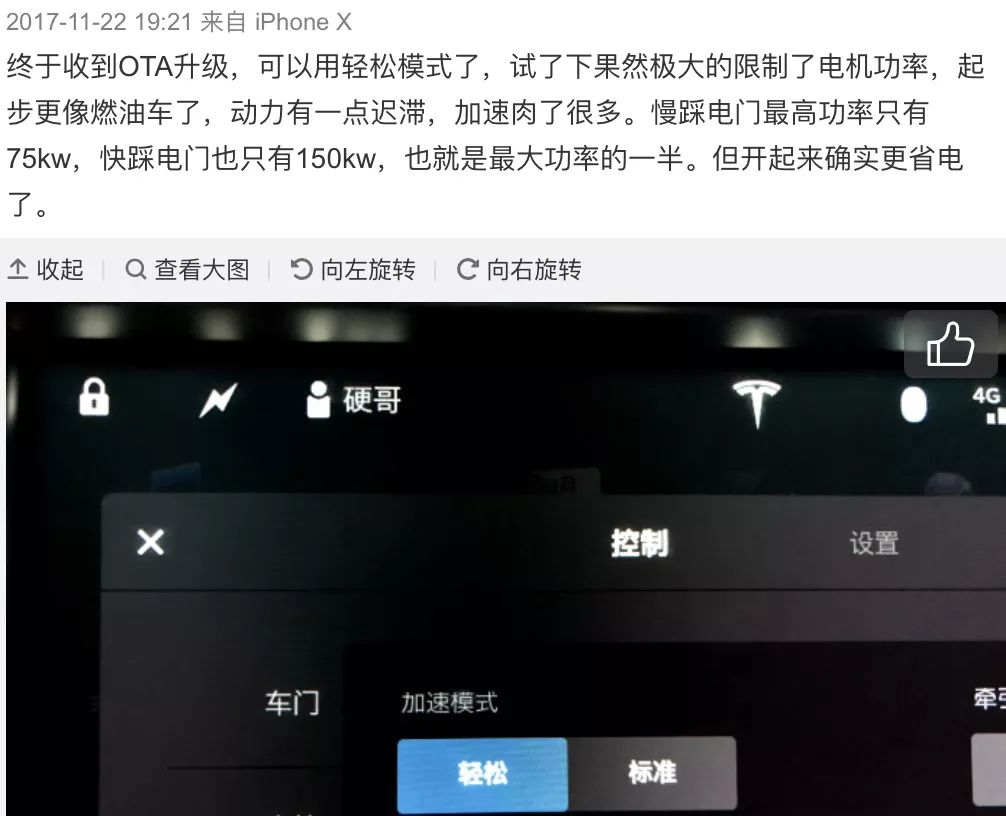
According to foreign media tests, after enabling “Chill” mode, Model S 100D’s 0-100 km/h acceleration time is extended from four seconds to over seven seconds, and its performance is degraded but still adequate. Passengers will be more comfortable; the push feel is weakened and acceleration is more linear and smooth. After the upgrade, I basically always have “Chill” mode enabled. When there are passengers or in traffic jams, I must turn it on. Only in the scenario of a solo drive without traffic, I turn on “Standard” mode to experience comfortable acceleration.
Autopilot 2.0 hardware finally catches up with the legacy Autopilot 1.0.After parting ways with Mobileye, Tesla launched the Model S/X with AP 2.0 autonomous driving hardware at the end of 2016. The hardware was claimed to achieve complete autonomous driving, but even though the number of cameras increased significantly, they remained idle. The autonomous driving experience was not as good as the Mobileye AP 1.0 solution, resulting in a state of affairs that lasted for a year and a half without any autonomous driving updates provided in the OTA upgrade package. During this period, the head of the autonomous driving department changed several times…
After a long wait, the OTA upgrade for autonomous driving finally arrived in March 2018, with significant improvements. The driving experience finally caught up and even surpassed the AP 1.0 solution in some scenarios. Due to the redundancy design of the 2.0 hardware, people generally believed that the safety would be higher than that of AP 1.0, but there was no data to support this.
However, after the autonomous driving OTA upgrade, an accident occurred, leading to the death of a pedestrian, which made the largest technological upgrade since the advent of AP 2.0 completely invisible…
In fact, even without the fatal accident, I don’t think this OTA upgrade for autonomous driving was completely superior to the Mobileye solution. The biggest discrepancy lies in the image recognition algorithm, which did not provide enough reassurance for vehicle owners.
Do not underestimate the types and quantities of other vehicles displayed on the dashboard, as this can provide strong psychological hints and fully demonstrate the autonomous driving technology’s ability to “listen six ways and watch eight directions” and showcase the powerful strength of the algorithm. I hope the next OTA upgrade will truly achieve a complete victory over AP 1.0.
Quality: Tesla has many problems, and I encountered the following three issues within a month of delivery:
- The driver’s side window had noise due to the fixing problem of the sealing pad inside;
- The noise from the central right seat was due to a problem with the slide rail, so it was replaced;
- The trunk could not be closed due to a problem with the fixed cover of the tail light, which later fell off…
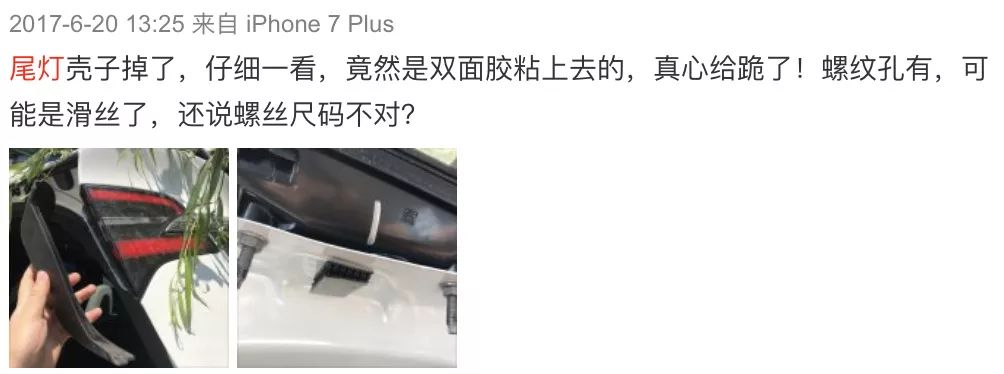
Booked maintenance service from Tesla’s direct service center, went through warranty and didn’t spend any money, wasted an afternoon but it solved all problems. No similar issues occurred for the next year.
In the second month, the chrome-plated decorative strip of the main driving window fell off.
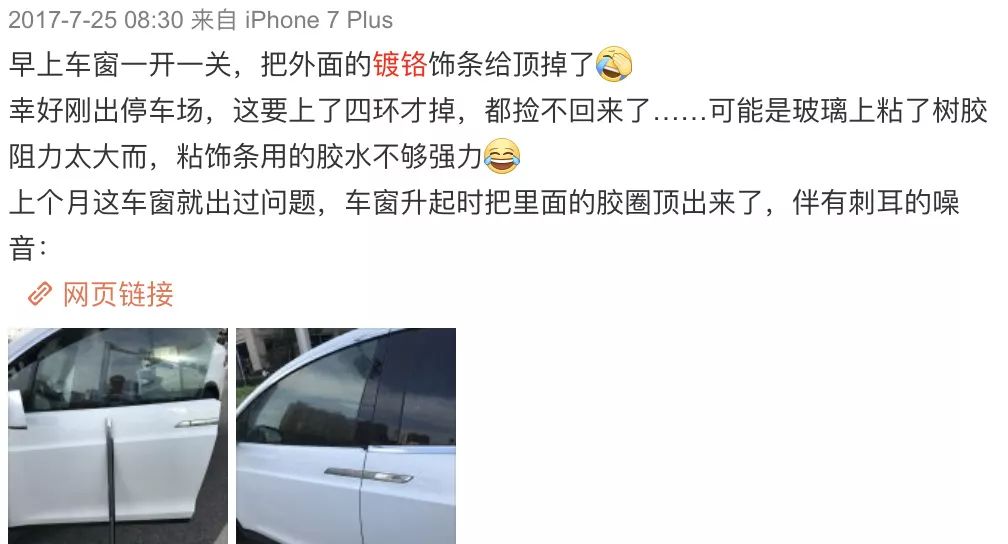
Went to Tesla’s authorized German technician sheet metal spraying center, went through warranty, installed it back and it never fell off again.
In the fifth month, a crack appeared on the front windshield.
One of the highlights of Model X is the panoramic glass that runs through the roof of the driver and front passenger seats. The front view of the first row is very open. However, there was a crack at the bottom of the passenger seat in my car, which was getting longer and longer. It could be seen that it was not caused by external stones but by natural cracking…
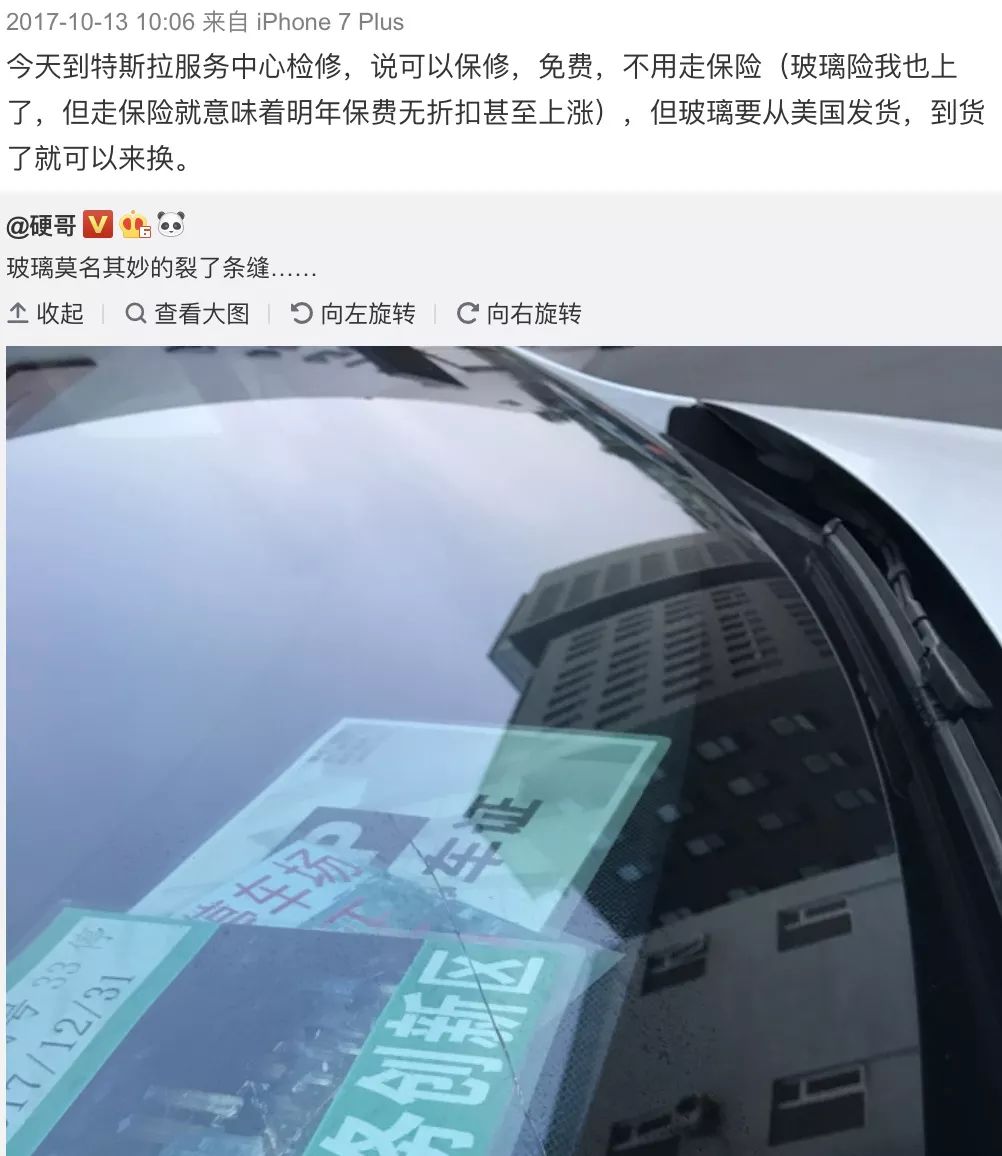

Went to the official after-sales service center, went through warranty, and replaced an original large glass for free. There was not much loss, but wasted a film, ETC had to be reinstalled. However, after replacing the glass, I found that the original glass comes with a good sunscreen film and has good heat insulation performance. If you apply V70 double-filtering film, it will affect the light transmittance, and the visibility will decrease significantly in the evening, so it is indeed not appropriate to apply film.
There have been no minor issues since then.
The seam is wide, many parts have low assembly accuracy, and are prone to falling off. After being secured by the after-sales staff in China, my car has not had any issues. However, some of my friends’ cars that were produced earlier had many more problems, such as sealant rings falling off the doors, malfunctions of the falcon-wing doors, shattered glass of the falcon-wing doors, and battery damage… Compared with them, my problems were minor. It seems that the quality has improved somewhat after 2017.
Energy Consumption, Endurance, and Summary.“`markdown
Let’s take a look at some driving data. The total distance driven this year was 16,000 kilometers, with an average energy consumption of 225Wh/km, which means the average cruising range at full charge is 444 kilometers, almost the same as the EPA cruising range of Model X 100D. Therefore, it can be seen that the rigorous EPA standard in the United States is really reliable, much more reliable than the NEDC standard of the European Union and the comprehensive cruising range standard of the Chinese Ministry of Industry and Information Technology (adding load based on the NEDC).
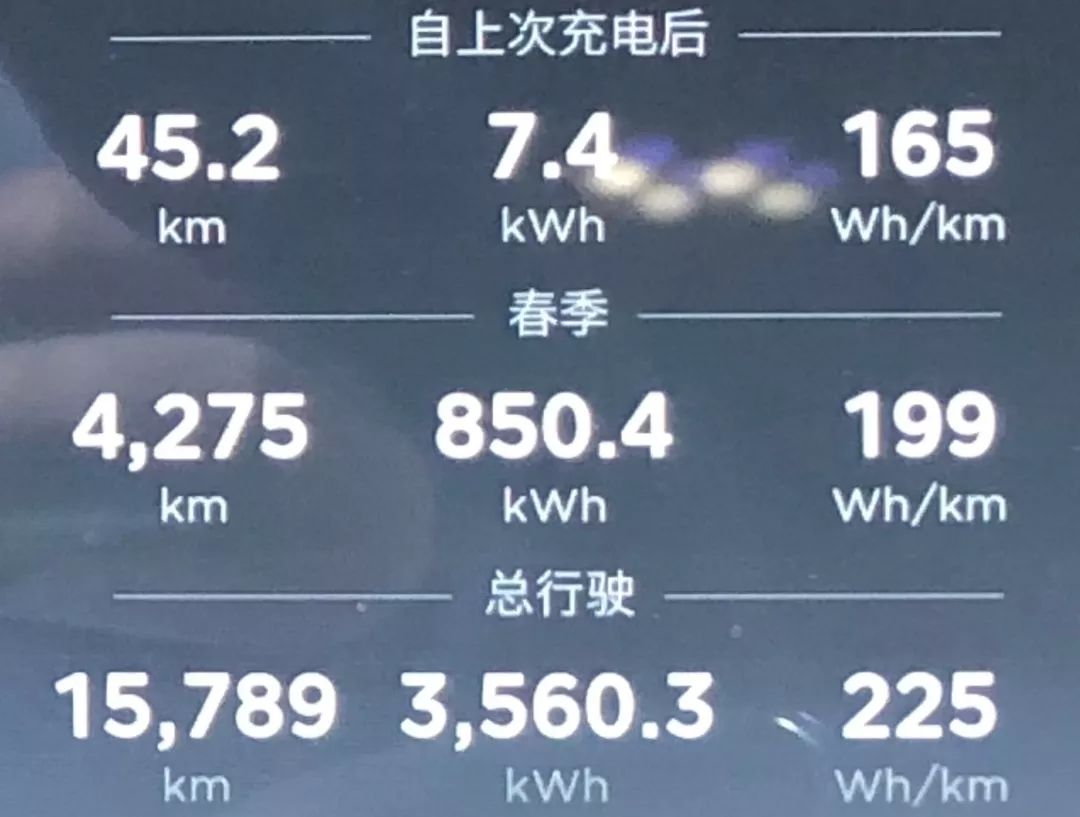
This energy consumption is a bit high, mainly due to the extremely high energy consumption in winter. The energy consumption actually does not increase much if the air conditioner is used in summer, and the energy consumption when the air conditioner is turned off (only with ventilation) in spring and autumn is about 200Wh/km, which is the most energy-saving and has the longest cruising range.
Regarding how energy consumption performs in winter, you can read my previous article “How exaggerated is the power consumption of electric cars in winter? How to save power?”.
All of the above are energy consumption data in normal commuting and medium congestion situations. If the road is smooth all the way, the energy consumption can be reduced to below 170Wh/km, which means that the full charge cruising range can reach 600 kilometers. However, the energy consumption of electric vehicles is closely related to the speed, and the cruising range at about 80-90 km/h constant speed on the highway is probably this range. However, if the speed exceeds 100 km/h, the cruising range will drop to 400-500 kilometers. When driving on the highway and the battery is low, you can appropriately reduce the speed in the right lane to extend the cruising range until you reach the charging station.
Although the theoretical cruising range data looks good, the characteristics of lithium batteries determine that we cannot run continuously from 100% to 0% charge. There are several reasons. Let me analyze them for you:
-
Range anxiety: Just like when we use a laptop or mobile phone, we start to worry when the battery level is below 20%, dare not use it hard when it is below 10%, and feel that it may automatically shut down at any time when it is below 5%…From my driving experience in the past year, when the Tesla battery level drops below 10%, I start to feel range anxiety and need to find a charging station.
-
Frequent discharge of the battery has a greater impact on battery life: Lithium batteries have a cycle of charging and discharging, which is the life span. Full charge and full discharge will consume one cycle. Shallow charging and shallow discharging, which is the middle interval, will consume fewer cycles than the actual usage percentage, which is a method of extending its service life. Therefore, the manufacturer will hide a part of the battery level (that is to say, 0% is not really 0%, it may be 5%). However, it is not advisable to use it with low battery levels for a long time. The battery level will permanently lose some capacity over time.
“`### 3. When the battery is charged to above 80%, the charging power will decrease significantly, and the charging speed will become slower and slower, especially for the 90-100% portion of the battery. From the perspective of waiting time cost and battery cycle life, it is not cost-effective to fully charge the battery unless for long-distance trips.
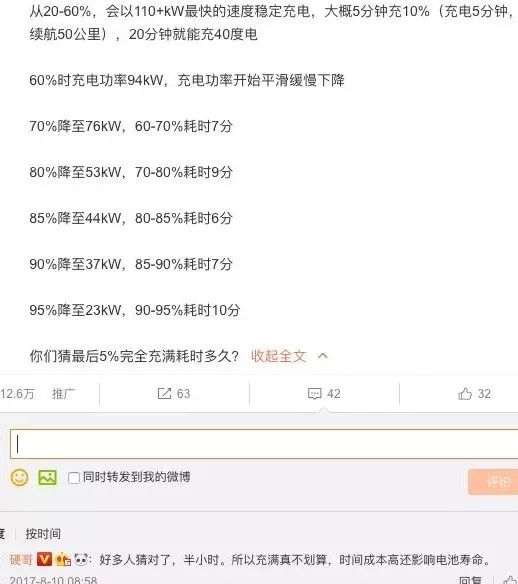
In summary, I believe the safest and most efficient battery usage interval for pure electric vehicles is between 10% and 90%. This means that the reliable range should be discounted by 20%. Therefore, the actual available range of the Model X 100D with a non-winter range of 500km is actually 400km.
It is worth mentioning that Tesla has a problem: even if the car is stationary, it will consume electricity. Even if the energy-saving mode is turned on, at least one degree of electricity is wasted per day. I can drive for more than a week on a single charge in non-winter seasons, but I waste about 8% of the battery capacity, further shortening the actual range to 350km.
It is said that Model 3 will significantly improve the battery drain during standby. I don’t know if Model S/X can reduce standby power consumption through OTA. Even if I drive as efficiently as possible, I cannot save more than a few degrees of electricity. It is a pity to waste it easily.
Overall, after a year of driving the Model X, I have become more comfortable with it. OTA upgrades always bring some small surprises, which solve some of the pain points in daily driving. The experience is getting better and better, and the car is always kept up to date as if it were a new car.
The most eagerly awaited OTA upgrades include: autonomous driving (completely surpassing the previous generation), mobile phone Bluetooth key (no need to carry a physical key), and in-car navigation (although Tencent maps are not as good as Amap and Baidu maps, they are better than the previous ones). In addition, Musk tweeted that the hardware processor of the driving center console screen can also be upgraded. This is exactly what users want and I am looking forward to it.
However, there are some shortcomings that cannot be upgraded, which is what I am most dissatisfied with:
-
The suspension is too hard, and the shock absorption effect is poor, especially during my wife’s pregnancy. The experience is very poor;
-
There is no seat ventilation, and the back easily gets wet in the summer. The 2016 version had ventilation, but it was cancelled from the 2017 version due to its loud noise and weak effect.
 * Musk First, Gates Second | Tesla Owners’ Club
* Musk First, Gates Second | Tesla Owners’ Club

This article is a translation by ChatGPT of a Chinese report from 42HOW. If you have any questions about it, please email bd@42how.com.
